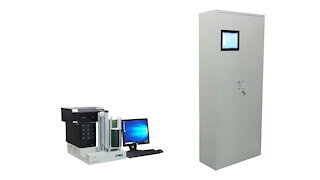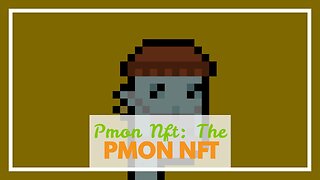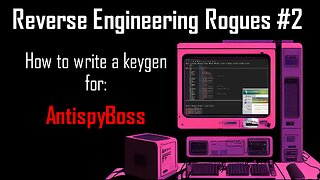How versioning and WORM-like ACLs work on NetApp StorageGRID
Versioning is used to provide access to previous revisions of an object (e.g. GET object.mp3?v=2 gets revision #2 of the object). *If* users are allowed to overwrite objects but *not allowed* to delete old versions (not the default!), then objects practically become indelible.
But each revision is a copy that takes up disk space, so the benefit of versioning should be higher than its cost.
One popular feature used in conjunction with S3 versioning is S3 Object Lock with specified retention, which guarantees retention until a certain date, but unlocks and allows deletion of older objects - very useful for backups that need to be ransomware-resistant as long as they're needed.
But even without any of these tricks, the versioning feature protects files from accidental deletion or change, as you can always GET object.mp4?v=2 and re-upload it to recover from deleting the object or uploading a wrong revision 3.
Wondering about Object Lock with S3 versioning vs. legacy "Compliance"? See https://docs.netapp.com/us-en/storagegrid-117/ilm/managing-objects-with-s3-object-lock.html
"Software WORM" or ACLs-based WORM is simpler: it aims to prevent users from modifying (and hence also deleting) existing objects. To do that we craft a bucket policy ACL that prevents these requests to non-admin users. Obviously this isn't as robust, but it serves many purposes, including prevention from accidental modification or deletion of files, and unlike versioning, does not take extra storage space.
-
 3:32
3:32
All Pro Solutions
2 years ago $0.02 earnedAll Pro Solutions Data Archiving & Offline Storage - Short Demo
107 -
 15:43
15:43
All Pro Solutions
2 years agoAll Pro Solutions Data Archiving & Offline Storage - Detailed Presentation
43 -
 0:50
0:50
Affiliate Marketing Reviews And Videos
1 year agoMake Ultimate Limitless Cloud Storage Portal | SelfCloud Pro Review
15 -
 0:30
0:30
All Pro Solutions
2 years agoAll Pro Solutions Data Archiving & Offline Storage - Promo Video
30 -
 11:30
11:30
lovevol
4 months agoHow to Organize & Access Documents Instantly with Digital Binders - SharePoint
116 -
 3:08
3:08
TechGalore
2 months agoFile Upload Vulnerabilities | Are Your File Uploads Hackable? | Hacksplaining
1 -
 5:05
5:05
lovevol
5 months ago3. LOVEVOL- digital binder, file-sharing in team, document management, alternative to SharePoint
4 -
 4:30
4:30
FineTimer
1 year agoPmon Nft: The Future of Data Storage and Management for Businesses
33 -
 8:40
8:40
hardlyprogramming
7 months agoReverse Engineering and Writing a Keygen for Rogue Software #2 - AntiSpyBoss
15 -
 12:17
12:17
Toms Tech Show
9 months agoPatch Management with ME Vulnerability Manger
1